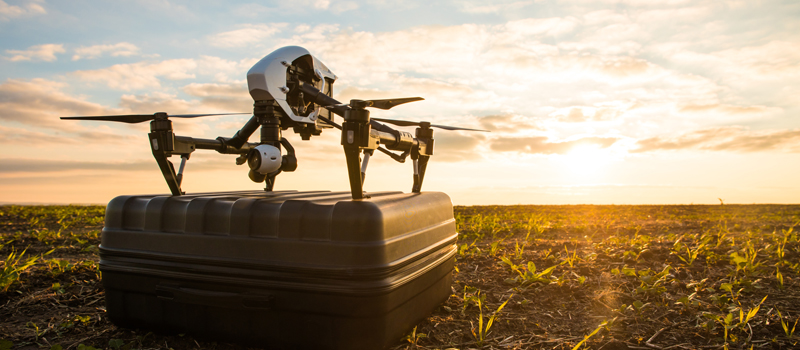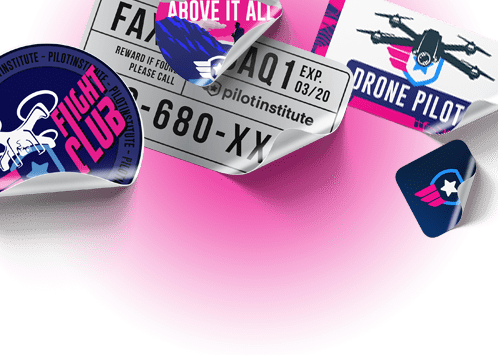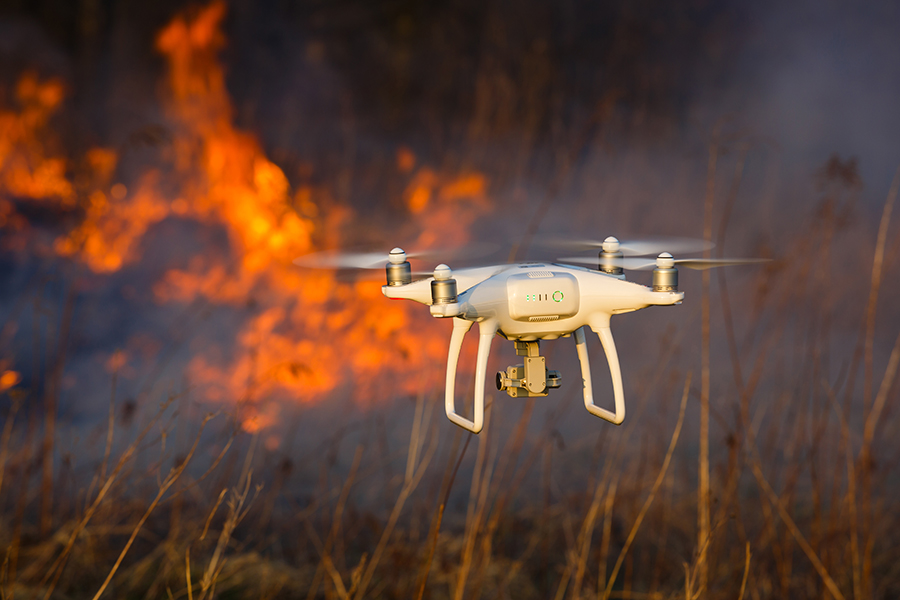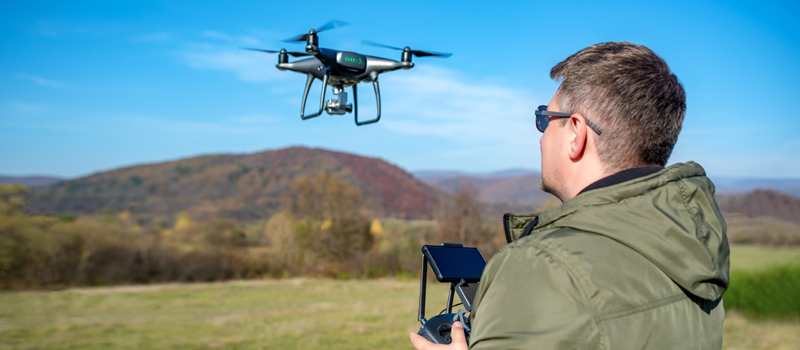As more companies start to integrated drones into their day-to-day operations, they also have to be well-versed about laws that regulate the commercial use of drones. One important requirement is that these drones need to be registered with the FAA for accountability and traceability.
In most cases, a drone is registered under the name of the drone pilot or owner. However, this may not always be the best way to go about the drone registration process. If the drone is owned by a company, it somewhat makes sense that it gets registered under the company name and not just one person. Does the FAA have a provision for this? What is the process?
Why register a drone to a company?
For most people, registering a drone under their name is a much simpler option. The whole process barely takes 15 minutes and can be done completely online. Normally, this quick and hassle-free option does not have any drawbacks.
There could be a potential problem with this approach if the drone is owned by a company or corporation instead of a person. For instance, a company may purchase a high-end drone for construction surveys or 3D modeling. They would then need to hire a person to act as the remote pilot-in-command (RPIC) for the drone.
In this case, registering the drone under the company makes sense because employees are fleeting. Even if the RPIC leaves, the drone will still retain registration under the company and can be operated by another person employed by the same company. This would eliminate the extra work needed in re-registering the drone if needs to be used by another person under the same company.
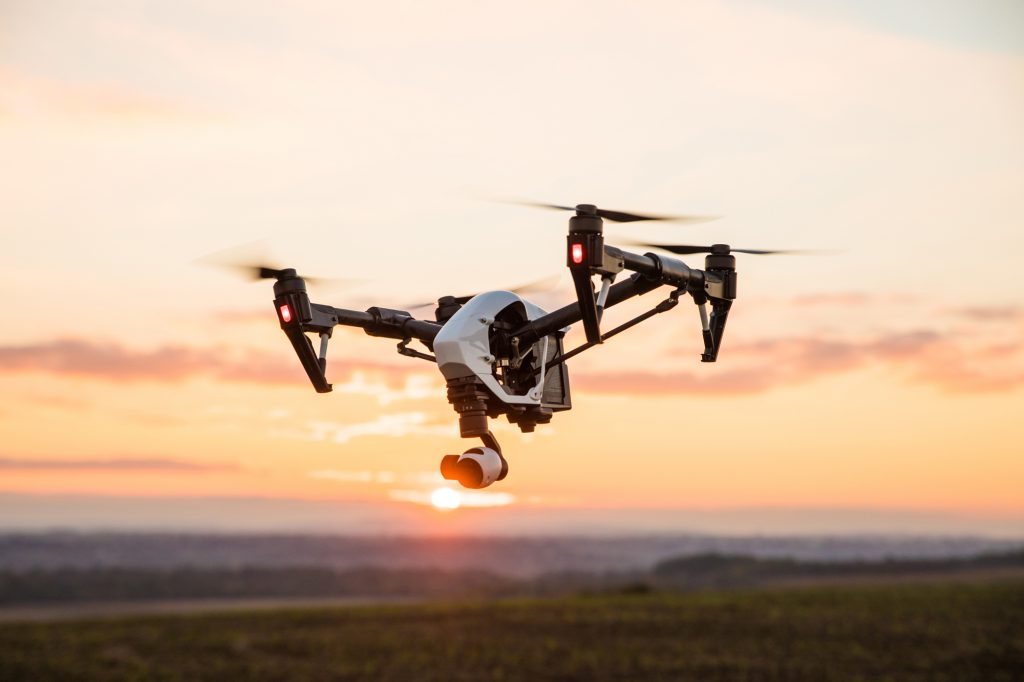
It’s also more responsible for the corporation to register the drone at the corporate level. Bypassing this requirement by having the drone registered to a person defeats the objective of the FAA to enforce accountability for drone operations. This makes the corporation or company more involved in the conduct of safe and legal drone operations.
The good news is that registering the drone under a company will also only cost $5 – the same price as registering a drone under a person. The process is also very similar.
The procedure for drone registration to a company
The FAA allows a Limited Liability Corporation (LLC) to act as the applicant for drone registration under 14 CFR Part 47. To qualify for this, a corporation must be considered an LLC based on the LLC Information Sheet provided by the FAA. Other helpful information is summarized in the “Information to Aid in the Registration of US Civil Aircraft” by the Department of Transportation.
The application for drone registration for an LLC is practically the same as that of an individual. The only major difference is that the company name needs to be used for the registration, instead of the name of the owner or pilot of the drone.
All the steps of the registration can be done at the FAADroneZone website. If you do not have an FAADroneZone account yet, you will need to sign up for one before starting the registration process.
If the drones will be used for commercial purposes (which is likely the case for a company), then each drone will have to be registered separately and assigned a unique registration number. The registration fee will also have to be paid for each drone.
Do not forget to label each drone with its registration number in a manner that is visible, legible, and semi-permanent.
Note: The $5 registration fee can be waived in the case of organizations or institutions that are connected to the federal, state, or local governments.
Final thoughts
The process for registering a drone under a company is not particularly complicated, and any bit of extra effort should be worth it. This means that your organization won’t be having problems should an RPIC leave the company or change roles within the organization. It also makes the organization as a whole accountable towards drone operations, instead of the burden being carried by a single person.
